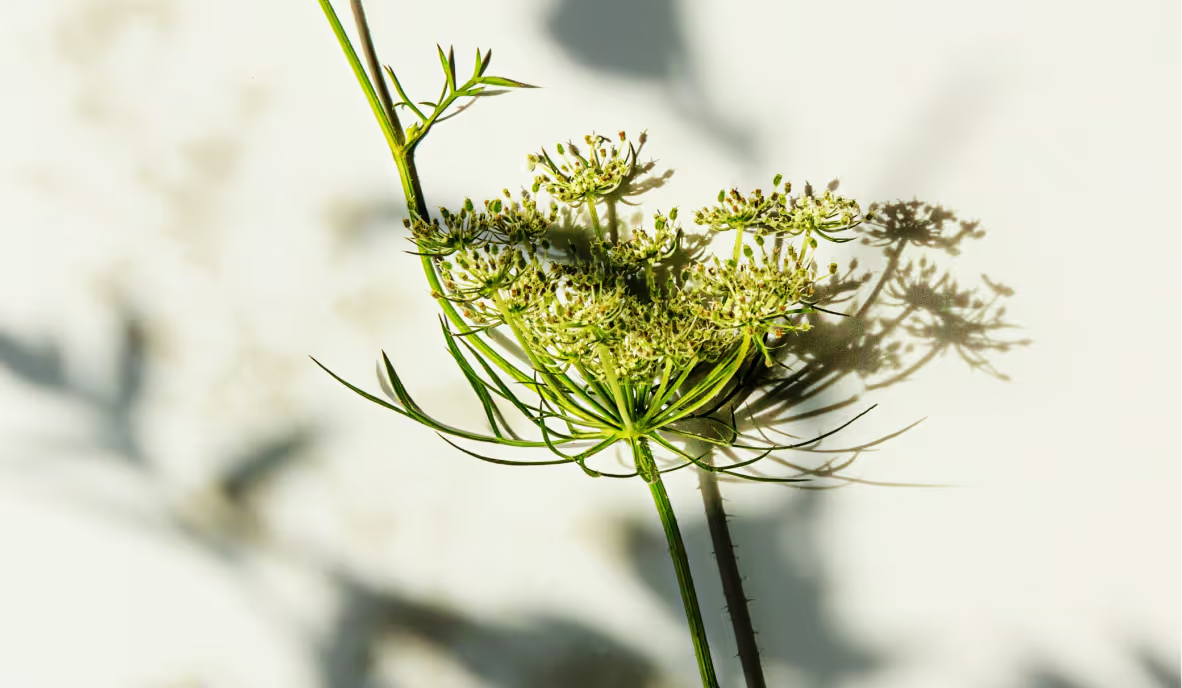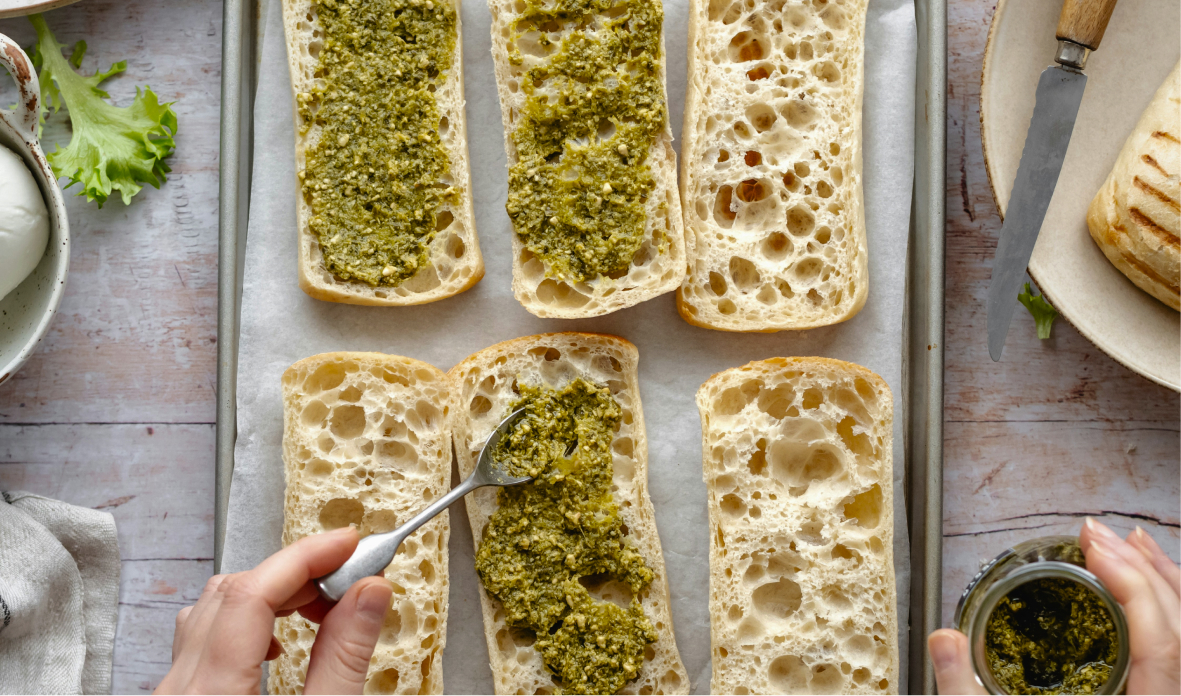The Beginner's Guide to Seed Saving

Join the community





Seed-saving is a practical, cost-effective, and rewarding gardening practice. It ensures you'll always have your favorite varieties on hand, even if they become commercially unavailable (yes, that’s a possibility!).
It also opens up a world of seed trading, giving you access to rare varieties not found in stores. By saving and sharing seeds, you're not just helping yourself, you're contributing to sustainable gardening and preserving genetic diversity.
For newcomers to seed-saving, here's a guide on how to gather, process, and store some of the most commonly saved garden seeds:
Saving Tomato and Cucumber Seeds
When saving tomato and cucumber seeds, timing is key. Tomato seeds are ready when the fruit is firm but tender, while cucumber seeds are best harvested when the fruit turns fully yellow and is overripe for eating. Both types of seeds are coated with a gel that needs to be removed through simple fermentation. This process can be smelly, so it's best to do it outside or in a well-ventilated area.
- Squeeze or scoop the seed mass into a waterproof container.
- Add water equal parts water as you have seeds. Place the container in a warm, shaded spot and stir daily.
- After a few days, good seeds sink; bad seeds and debris float.
- On day 5, remove the floating debris.
- Rinse the seeds thoroughly and spread them on a plate or screen.
- Dry in a warm place for several weeks until completely dry.
Once the seeds are completely dry, store them in a clean, airtight container and keep them in a cool, dark place.
Saving Pepper Seeds
Pepper seeds ripen when peppers reach full color (red, orange, yellow, purple, or black) and begin to shrivel. Here’s how you can save them:
- Open peppers and locate seeds clustered on the central stem.
- Gently brush seeds off the stem onto a plate or screen.
- Spread seeds out to dry thoroughly.
Once the seeds are completely dry, store them in a clean, airtight container and keep them in a cool, dark place.
Saving Watermelon and Cantaloupe Seeds
Watermelon seeds are ready when the tendril opposite the stem browns and dries.
- Start by rinsing seeds to remove flesh. For cantaloupe and muskmelon, rub seeds to remove fibers and membrane.
- Place seeds in water. Good seeds sink, and bad seeds float.
- Remove floating seeds, rinse the good ones, and dry them on a plate or screen.
Once the seeds are completely dry, store them in a clean, airtight container and keep them in a cool, dark place.
Saving Squash and Pumpkin Seeds
Harvest winter squash seeds when the skin hardens. For summer squash, wait until the squash passes its edible stage and develops a hard rind. For both of them:
- Break open ripe squashes and extract the seeds.
- Rinse seeds under running water, rubbing to remove stringy material and membrane.
- Spread clean seeds on a plate or screen to dry thoroughly.
Once the seeds are completely dry, store them in a clean, airtight container and keep them in a cool, dark place.
{{cta-join2}}
Saving Zinnia Seeds
Let zinnia flower heads dry completely on the plant. Harvest them when the flowers turn dark brown and feel dry to the touch. Avoid picking too early, as immature seeds won't germinate.
- Cut or pull off dried flowers, keeping varieties separate.
- Dry seed heads on a screen for up to a week.
- Over a labeled paper plate, gently break apart the flower head to release seeds.
- Seeds are small and arrow-shaped; remove any attached to petals.
- Air dry seeds for a few days to prevent mold.
Once the seeds are completely dry, store them in a paper envelope or bag and keep them in a cool, dark place. Label each envelope so you remember what's in it.
Saving Sunflower Seeds
Allow the sunflower heads to dry naturally on the plant. To protect them from birds, you can gently wrap each flower head with a mesh cloth or bag. But it's also kind to leave a few heads uncovered for birds to enjoy.
- Stop fertilizing and watering two weeks before harvest.
- Harvest when seeds are dry and the back of the head is brown. Cut stems 12" below petals, catching loose seeds in a container.
- Hang seed heads indoors in a cool, dark, dry place for 1-2 weeks.
- Once dry, rake seeds off heads into a bowl.
- Rinse seeds in a colander, remove debris, and then dry on paper towels for 1-2 days.
Once the seeds are completely dry, store them in a clean, airtight container and keep them in a cool, dark place.
Saving Marigold Seeds
Remove marigold seeds when the petals have dried and the base of each bloom turns brown.
- Remove petals and leaves, revealing the achenes (long rods with attached seeds).
- Look for the darker ends of the achenes, which are the actual seeds.
- Gently pull seeds from the base of each bloom, keeping achenes whole.
- Spread seeds on a paper towel out of direct light for about a week to prevent mold.
- Place dried seeds in a labeled paper envelope with the harvest date. Store in a cool, dark, dry place.
Once the seeds are completely dry, store them in an envelope and keep them in a cool, dark place. Use different envelopes for different marigold varieties to avoid mixing.












